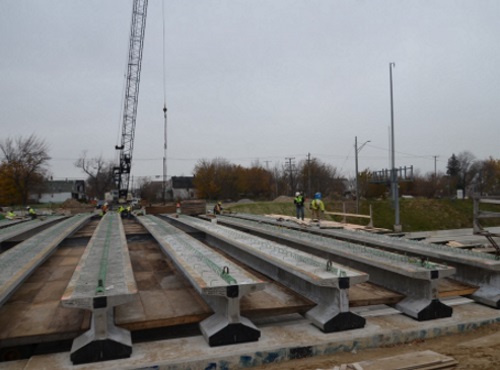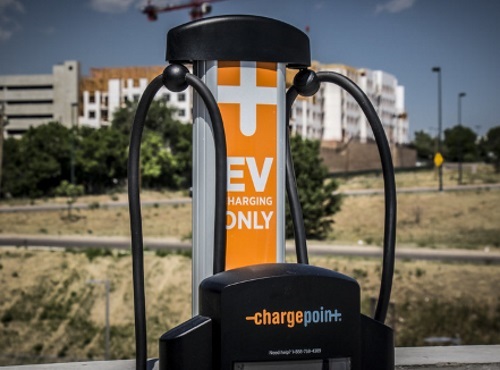FEDERAL ACTION
Biden Spending Bill Ignites Debate Over Dairy Methane Pollution – U.S. News and World Report
DOE Launches New Initiative From President Biden’s Bipartisan Infrastructure Law To Modernize National Grid – US Department of Energy (Media release)
COVID-19
2021 ferry ridership nears 75% of pre-pandemic levels – Washington State DOT
Omicron disrupts transit, emergency services as workers call out sick: ‘Most people are going to get Covid’ – CNBC
INFRASTRUCTURE RESILIENCE AND SUSTAINABILITY
Northwest Progressive Institute’s Polling Shows Washingtonians Want State’s Next Transportation Package To Be Safety And Climate Focused, Not Car-Centric – Cascadia Advocate
Cities Want Ebikes to Stay in Their Lane – but Which One? – Wired
How U.S. Infrastructure Plans Shrank in Ambition – CityLab (Commentary)
AIR QUALITY
U.S. emissions surged in 2021, putting the nation further off track from its climate targets – Washington Post
EPA to review general aviation lead emissions risks – Reuters
This startup pays Bay Area residents to monitor their air quality – in crypto – SFGATE
ENVIRONMENTAL JUSTICE
TRB Panel Examines Ways to Create Equity in Transportation – AASHTO Journal
A California City Is Taking Electric Transit Into Its Own Hands – Jalopnik
Vt. lawmakers look to create statewide environmental justice policy – WCAX-TV
NATURAL RESOURCES
How Does a Cougar Cross a Washington Freeway? Their Future May Depend on the Answer – U.S. News and World Report
World’s Largest Wildlife Crossing Is Finally Underway in Los Angeles – Curbed
CULTURAL RESOURCES
As St. Louis’ historic buildings crumble, city eyes little-used powers some say can help save them – St. Louis Post-Dispatch
New Colorado DOT Documentary Depicts New Era Of Archeology – Estes Park Trail Gazette
HEALTH AND HUMAN ENVIRONMENT/ACTIVE TRANSPORTATION
Old Florida Keys bridge reopening to pedestrians, bicyclists – AP
Miami Beach’s Ocean Drive Revs Up for a Car Comeback – Bloomberg CityLab
E-Scooters Set to Return to Chicago’s Streets, But They’ll Be Banned from 606 Trail – WTTW-TV
TRB RESOURCES/ANNOUNCEMENTS
TRB 2022 Annual Meeting – Keynote USDOT Secretary Pete Buttigieg – TRB (Video)
FEDERAL REGISTER NOTICES
Safe Driver Apprenticeship Pilot Program To Allow Persons Ages 18, 19, and 20 To Operate Commercial Motor Vehicles in Interstate Commerce – Federal Motor Carrier Safety Administration (Notice and establishment of pilot program)
Notice To Reestablish the Transit Advisory Committee for Safety Charter – FTA (Notice)
Notice of Designation of the Connecticut National Estuarine Research Reserve – NOAA (Notice)
Atlantic Wind Lease Sale 8 (ATLW-8) for Commercial Leasing for Wind Power on the Outer Continental Shelf (OCS) in the New York (NY) Bight – Final Sale Notice (FSN) – Bureau of Ocean Energy Management (Notice)
Abandoned Mine Land Reclamation Fee – Office of Surface Mining Reclamation and Enforcement (Interim final rule, request for comments)


